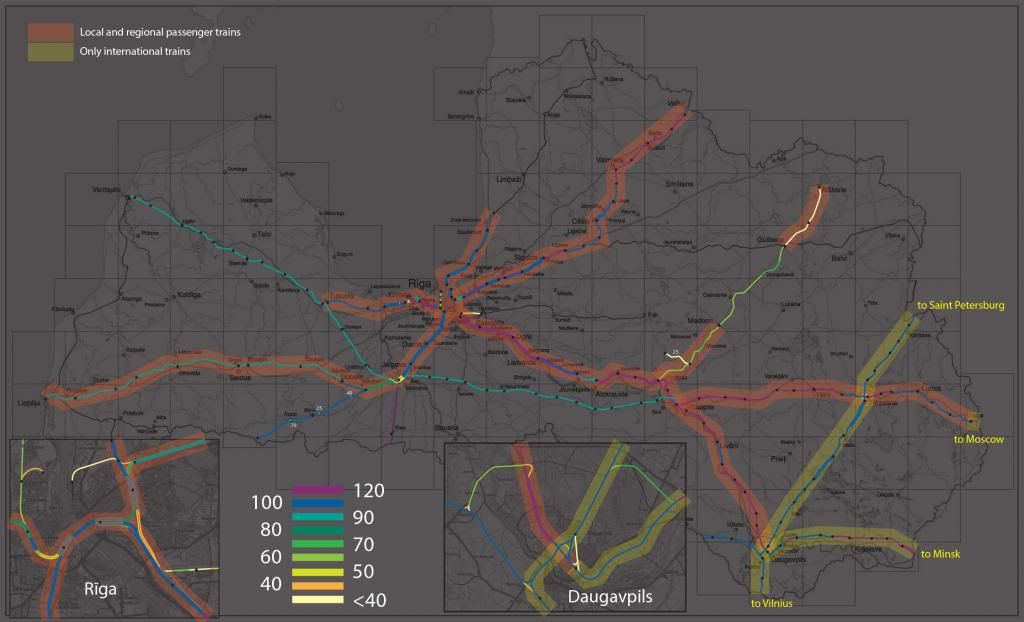Unfortunately not, despite Sydney-Melbourne being one of the busiest passenger air routes in the world. Studies have been done into a high speed rail network between Brisbane, Sydney, Canberra and Melbourne, but the infrastructure costs scare every government away.
For info and detailed proposed track plans, have a look at http://www.infrastructure.gov.au/rail/trains/high_speed/index.aspx
Hmmm and in my country more tracks are being layed for Superfast trains.


